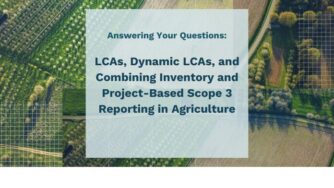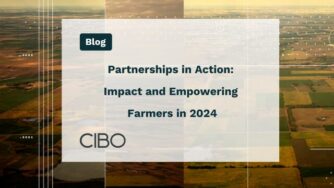Carbon and climate change programs across the globe are effectively reducing GHG emissions that come from all sectors of the economy. These programs range from regulations, private institutions, government bodies, and incentives that will transform the areas of agriculture, transportation, industry, fuels, and others, for a sustainable, low-carbon and cleaner future.
The general principles for decreasing greenhouse gas emissions and carbon footprints are simple and straightforward. However, until recently, implementation was always the challenge. While improvements to ease and accelerate adoption of GHGe and CO2e reducing initiatives are ongoing, new standards and organizations continue to emerge.
For much of the last 30 years, the focus has been on reducing the negative impact of power generation and transportation. Now, CIBO Technologies and others are working to bring principles and practical implementation programs to life for agriculture. In this publication, we explore how the pieces all fit together.
However, when did these programs start and how have they been growing over time? Find out by viewing CIBO’s infographic on the history of GHG Standards to see how GHG emission standards and organizations have changed over time.
- The time leading up to 2000 when the impact of global emissions was first being recognized and worldwide action was started
- 2001-2012 when carbon trading markets matured and major corporate involvement started
- The time since 2013, featuring the Paris Agreement, when increasing alarm over the need to accelerate emission reduction actions, drives the growth of corporate initiatives to take action on emissions and make and carbon climate commitments.
Download the infographic



